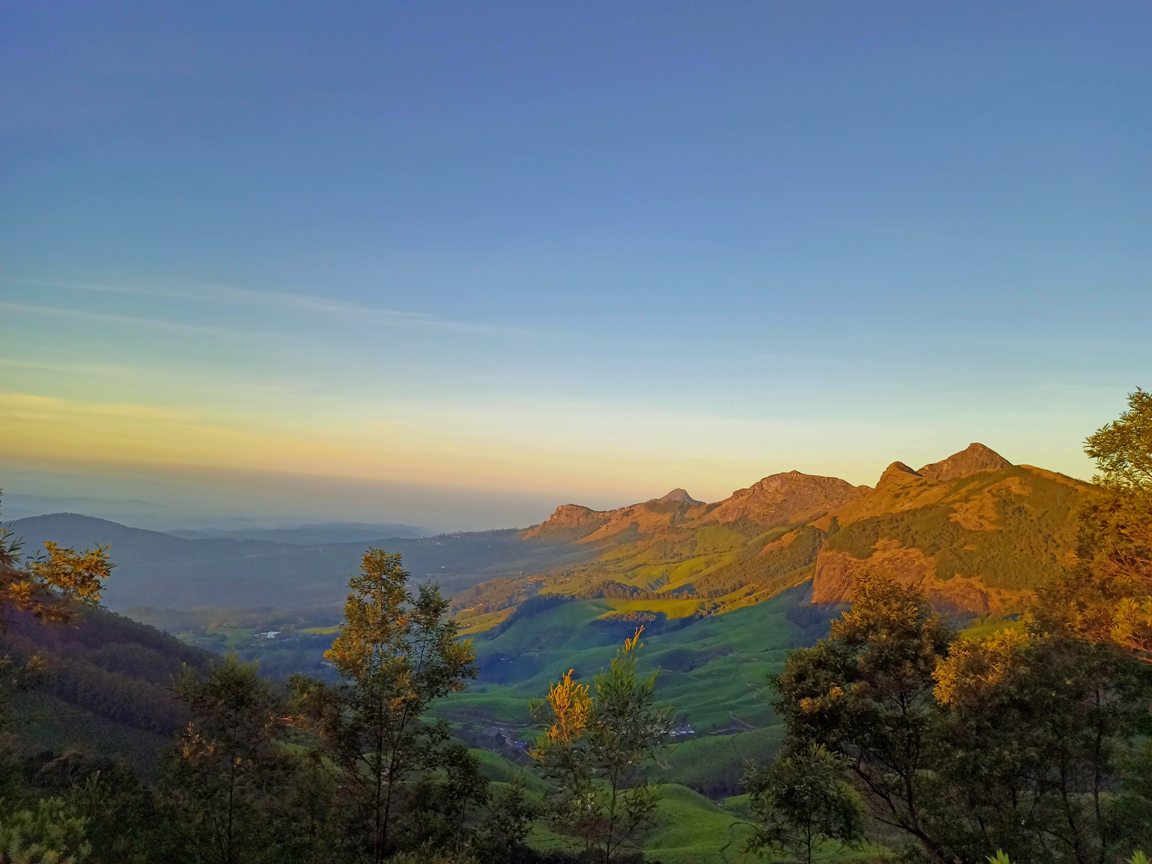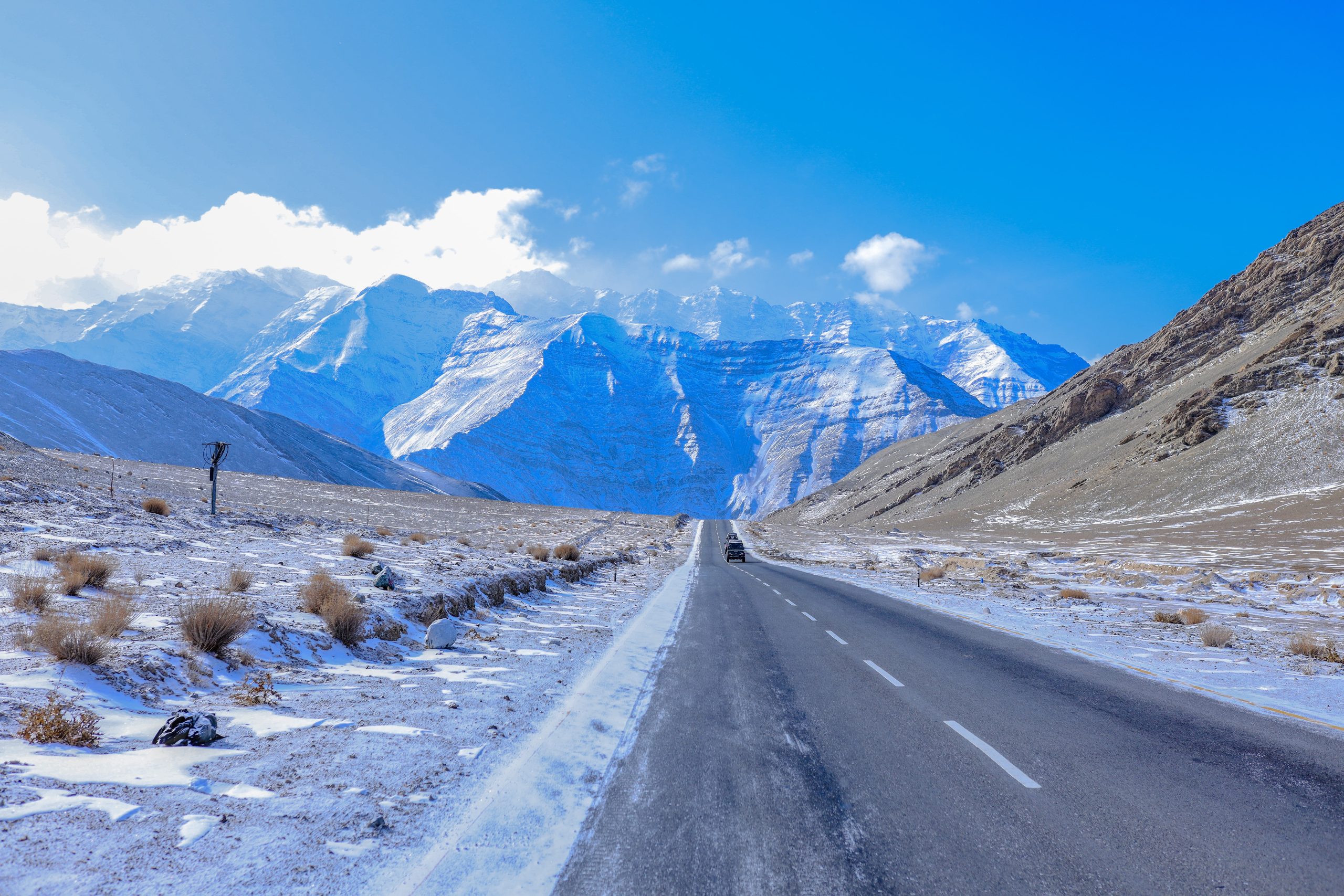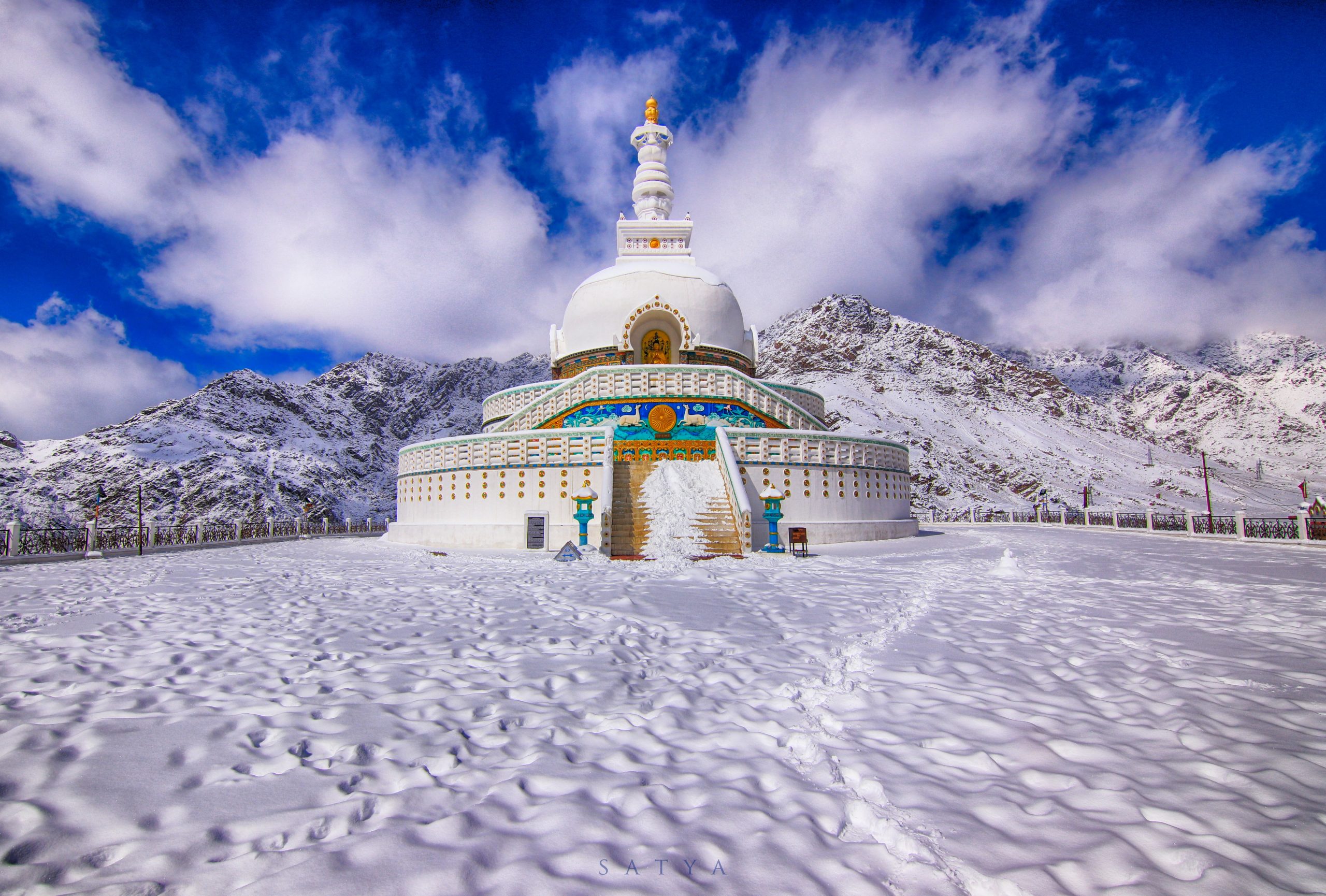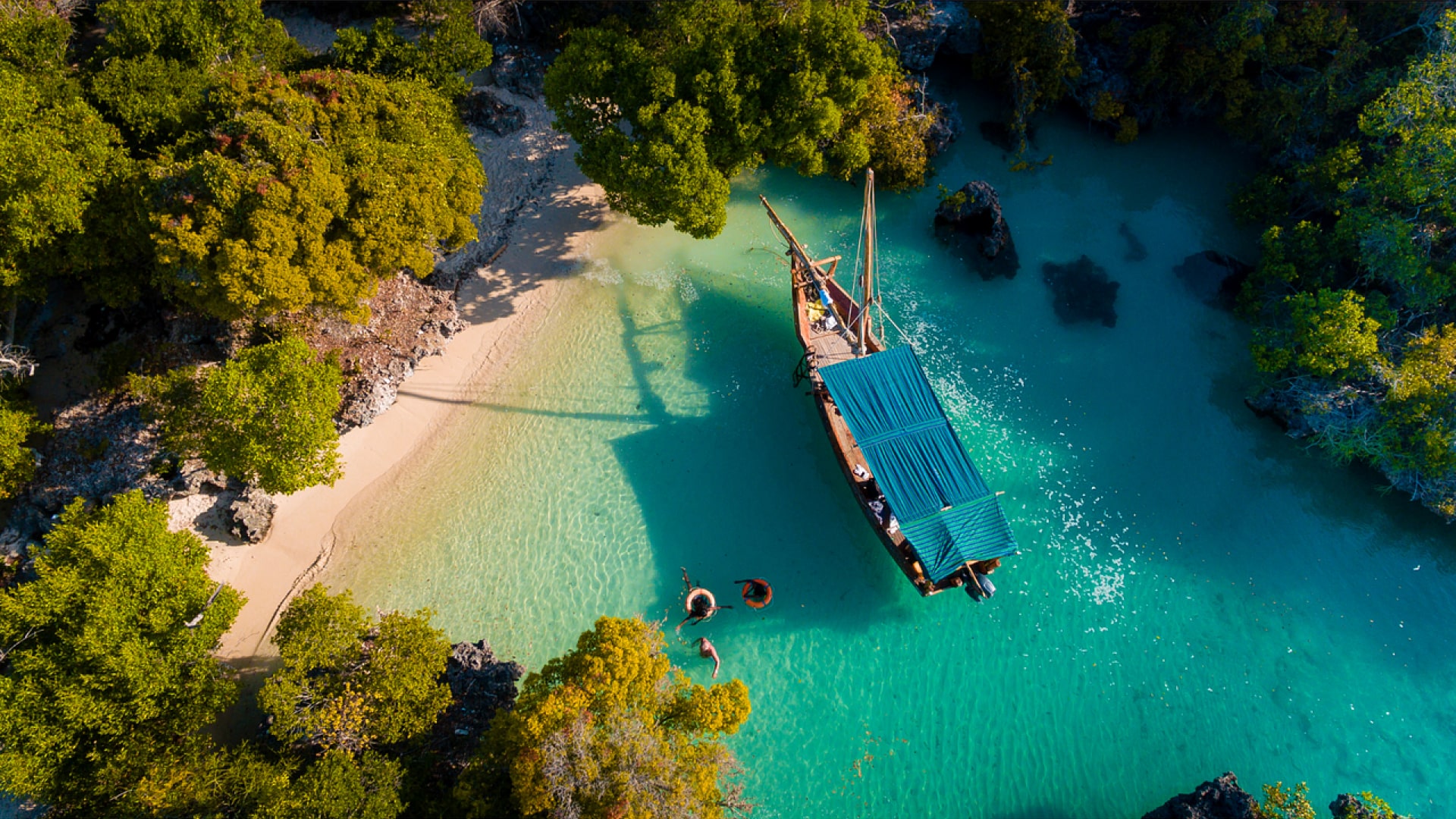The Mahakumbh (also known as Kumbh Mela) is one of the largest and most significant religious gatherings in the world. It is a Hindu festival that takes place every three years at four different locations in India: Allahabad (Prayagraj), Haridwar, Ujjain, and Nasik. Every 12 years, the event is referred to as the Mahakumbh, which is considered to be a much grander and more spiritually significant event than the regular Kumbh Mela.
The festival revolves around the belief in the importance of bathing in the sacred rivers—specifically the Ganges, Yamuna, and Saraswati at Prayagraj (Allahabad)—as a means to cleanse oneself of sins and attain salvation. The event is rooted in ancient Hindu mythology, which tells the story of the churning of the ocean (Samudra Manthan) where a pot (kumbh) of nectar was spilled, and the locations where the nectar fell became sacred.
During the Mahakumbh, millions of devotees, saints, and pilgrims gather to take a holy dip in the river at a specific time, based on astrological alignments, believed to be auspicious. The event is not only a religious affair but also a cultural and social gathering, with processions, rituals, and religious discourses being held throughout the event. It serves as a demonstration of devotion, spirituality, and the unity of people across India.



















